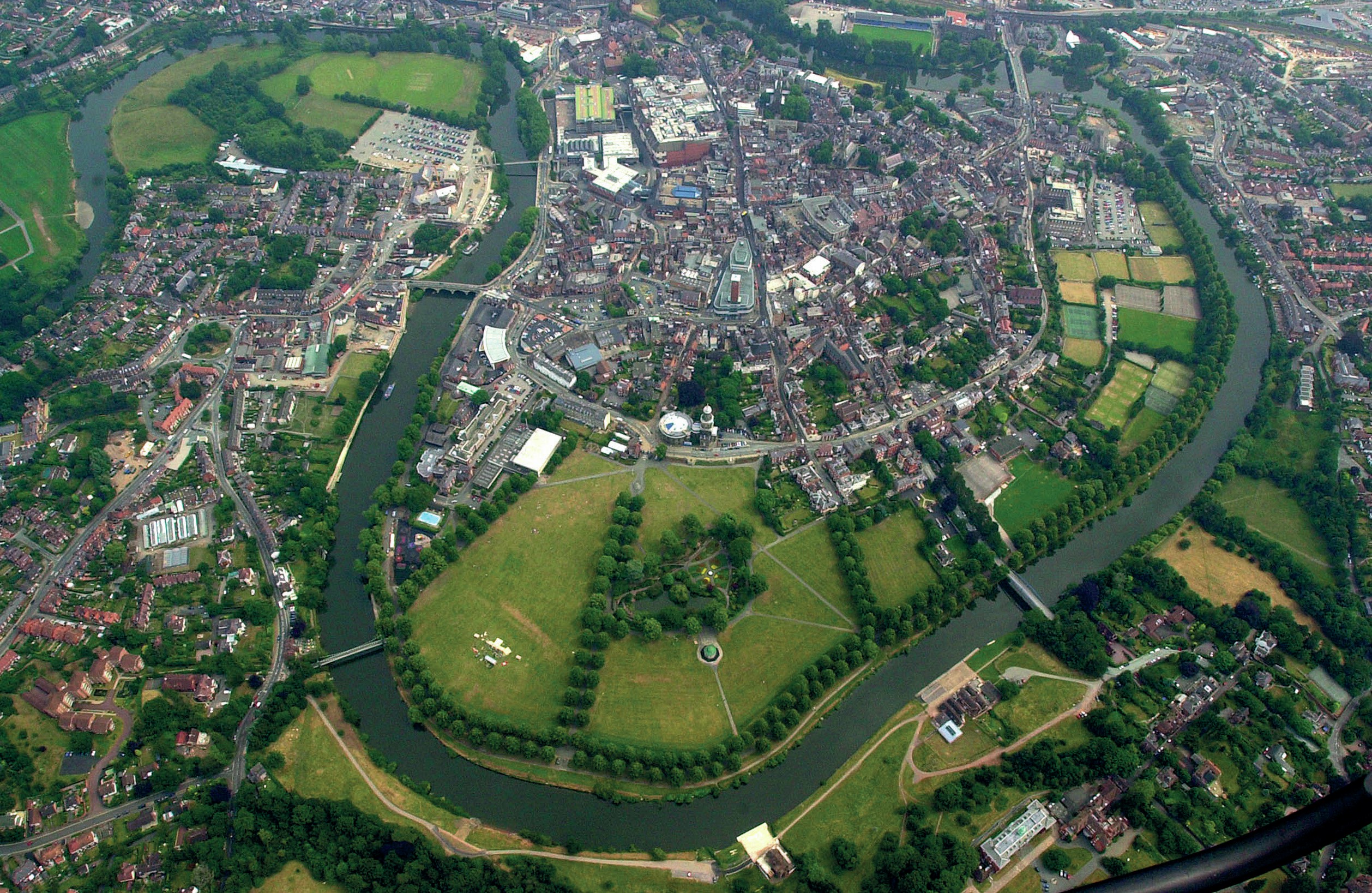
Villages, small towns and city neighbourhoods are all local places. Each, in turn, is embedded in a larger-scale geographical context, such as a region or city. The inner-city district of Bootle and the fringe village of Formby both belong to the city of Liverpool in the northwest of England, for instance. All these entities Bootle, Formby, Liverpool, the northwest — can be understood as places, because each possesses a set of physical and human features which can be mapped objectively. For practical (fieldwork) reasons, however, a place is best understood in A-level geography as a distinctive locality at a geographical scale somewhere between a street and a city (as the first sentence suggests).
This column focuses on the objective (‘real’) characteristics of local places, as opposed to subjective (‘imagined’) perceptions and meanings (which are explored in a future column). It considers how:
Your organisation does not have access to this article.
Sign up today to give your students the edge they need to achieve their best grades with subject expertise
Subscribe




